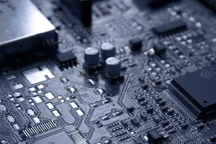
How to Build a PC: Installing Some Windows

| Home | Hunting for Parts | Expensive LEGOs | Installing Some Windows | Sources |
Press a key when prompted to, to start from the CD.
The Windows setup screen will now appear.
Follow the on-screen instructions and soon you will be prompted to create a hard disk partition to load windows onto, create one and format it using the NTFS file system.
Continue to Load Windows
Continuing on from the format partition screen you will prompted to select your time zone and keyboard languages.
Name and Organization settings are next, doesn't take a genius to work out what goes here.
You will soon be prompted for your CD-Key, input this and continue.
Computer name follows, along with modem options, input any digit for modem dialing tone as this is not used. Select the correct date and time zone and continue.
Use the typical network settings, with default workgroup when prompted to.
Windows will continue to finish installing.
When windows finishes and reboots you will be welcomed by a "welcome screen", continue and follow the instructions shown.
Windows should now start and all is ready.
Windows will either find a driver for the device and install one on its own or it will ask you for drivers for it.
Cancel this, grab the manufacturers disk, and put it in your CD/DVD drive. It should auto start and then show a list of install options. Simply click install to install the device drivers, at the end a reboot would be required. After this reboot the device should be operational.
If the manufactures disk doesn't have an auto run program and just simply provides the drivers on the disk, then you must not cancel the screen when it asks you to install the drivers. Instead click next. You can now do it two ways, let windows install the device automatically, or if you know where the drivers are you can select them manually. Windows recommends the first option and I agree, this should be used first, and if it doesn't succeed use the second option and browse the CD for the driver.